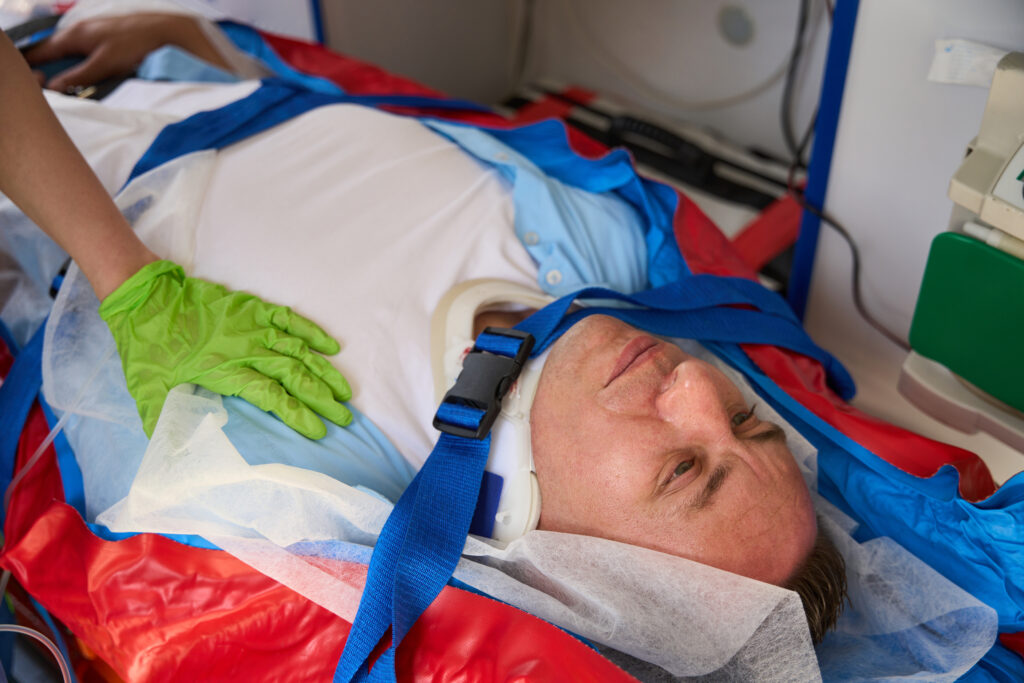
Coding Considerations for Suicide
September is the annual Suicide Prevention Month which is also a reminder to examine our coding considerations. In March of this year, the Centers for

While hospitals are continuing to wonder when the Recovery Audit Contactors (RACs) are going to be given approval to start auditing short-stay inpatient admissions, the RACs continue to expand their non-admission status targets.
Last week, two of the RACs, Cotiviti and Performant, received approval to audit hospitals for the use of condition code 42.
What the heck is condition code 42, you ask? Well, so did I. It is a condition code that is put on a claim when an inpatient is being discharged with home health, but the home health treatment is unrelated to the hospital treatment. An example would be a homebound patient with a chronic wound who receives home care services after being hospitalized with pneumonia.
Say the treatment of the pneumonia is completed in the hospital in three days. The admission is assigned DRG 178, respiratory infections and inflammations with CC, with a geometric mean length of stay (GMLOS) of 4.7 days. The patient is discharged back home with resumption of home care for the wound, but no additional care needed for the pneumonia. If condition code 42 is applied to the claim, there will be no post-acute payment reduction.
What is a post-acute payment reduction, and why do they exist? Simplistically, I view them as taking part of the DRG payment for the admission back from the hospital because they did not complete the treatment for the patient’s condition. In the case above, since the actual length of stay is more than one day less than the GMLOS, if the patient was discharged to receive home care services for her pneumonia or was discharged to a skilled nursing facility (SNF) for care, the hospital would have a reduction to their payment for the admission. If she was kept another day or two, the patient may not have needed that post-acute care, so the hospital should not be financially “rewarded” for an early discharge.
(As an aside, the post-acute transfer policy applies if the patient starts home care within the three calendar days after discharge, but the payment for discharge to a SNF only applies to transfers on the day of discharge. That means if a patient is discharged home and then is admitted to the SNF the next day, there is no payment reduction.)
This means that if a hospital applies condition code 42, there is no post-acute payment reduction to the DRG; the patient’s illness was treated completely and the hospital earned the right to receive the total payment, even if the stay was shorter than predicted by the DRG data. While many of us have never heard of it, apparently it is used enough for the Centers for Medicare & Medicaid Services (CMS) to allow the RACs to audit for it – so it must have some pretty hefty money behind it.
I would suggest that each reader check with your billing staff to ask how often you use condition code 42, and find out who makes the determination that its use is appropriate. The decision to apply condition code 42 is not one that can be made by someone without a clinical background. If the coders are applying it independently, an in-depth analysis (and perhaps a call to your compliance hotline) are in order.
Program Note:
William Dombi, vice president of law for the National Association for Home Health and Hospice, will be reporting on condition code 42 during the next edition of Monitor Mondays, Aug. 14, 10 a.m. Eastern.


September is the annual Suicide Prevention Month which is also a reminder to examine our coding considerations. In March of this year, the Centers for

I think many have heard me discuss a common scenario with which hospitals are grappling: patients who are medically ready for discharge, but have no
Please log in to your account to comment on this article.

Sepsis remains one of the most frequently denied and contested diagnoses, creating costly revenue loss and compliance risks. In this webcast, Angela Comfort, DBA, MBA, RHIA, CDIP, CCS, CCS-P, provides practical, real-world strategies to align documentation with coding guidelines, reconcile Sepsis-2 and Sepsis-3 definitions, and apply compliant queries. You’ll learn how to identify and address documentation gaps, strengthen provider engagement, and defend diagnoses against payer scrutiny—equipping you to protect reimbursement, improve SOI/ROM capture, and reduce audit vulnerability in this high-risk area.

Only ICD10monitor delivers what you need: updates on must-know changes associated with the FY26 IPPS, including new ICD-10-CM/PCS codes, CCs/MCCs, and MS-DRGs, plus insights, analysis and answers to your questions from two of the country’s most respected subject matter experts.

This third session in our 2026 IPPS Masterclass will feature a review of FY26 changes to the MS-DRG methodology and new technology add-on payments (NTAPs), presented by nationally recognized ICD-10 coding expert Christine Geiger, MA, RHIA, CCS, CRC, with bonus insights and analysis from Dr. James Kennedy.

This second session in our 2026 IPPS Masterclass will feature a review the FY26 changes to ICD-10-PCS codes. This information will be presented by nationally recognized ICD-10 coding expert Christine Geiger, MA, RHIA, CCS, CRC, with bonus insights and analysis from Dr. James Kennedy.

Federal auditors are zeroing in on Inpatient Rehabilitation Facility (IRF) and hospital rehab unit services, with OIG and CERT audits leading to millions in penalties—often due to documentation and administrative errors, not quality of care. Join compliance expert Michael Calahan, PA, MBA, to learn the five clinical “pillars” of IRF-PPS admissions, key documentation requirements, and real-life case lessons to help protect your revenue.

During this essential RACmonitor webcast Michael Calahan, PA, MBA Certified Compliance Officer, will clarify the rules, dispel common misconceptions, and equip you with practical strategies to code, document, and bill high-risk split/shared, incident-to & critical care E/M services with confidence. Don’t let audit risks or revenue losses catch your organization off guard — learn exactly what federal auditors are looking for and how to ensure your documentation and reporting stand up to scrutiny.

Learn how to navigate the proposed elimination of the Inpatient-Only list. Gain strategies to assess admission status, avoid denials, protect compliance, and address impacts across Medicare and non-Medicare payors. Essential insights for hospitals.

RACmonitor is proud to welcome back Dr. Ronald Hirsch, one of his most requested webcasts. In this highly anticipated session, Dr. Hirsch will break down the complex Two Midnight Rule Medicare regulations, translating them into clear, actionable guidance. He’ll walk you through the basics of the rule, offer expert interpretation, and apply the rule to real-world clinical scenarios—so you leave with greater clarity, confidence, and the tools to ensure compliance.
Happy National Doctor’s Day! Learn how to get a complimentary webcast on ‘Decoding Social Admissions’ as a token of our heartfelt appreciation! Click here to learn more →
CYBER WEEK IS HERE! Don’t miss your chance to get 20% off now until Dec. 2 with code CYBER24